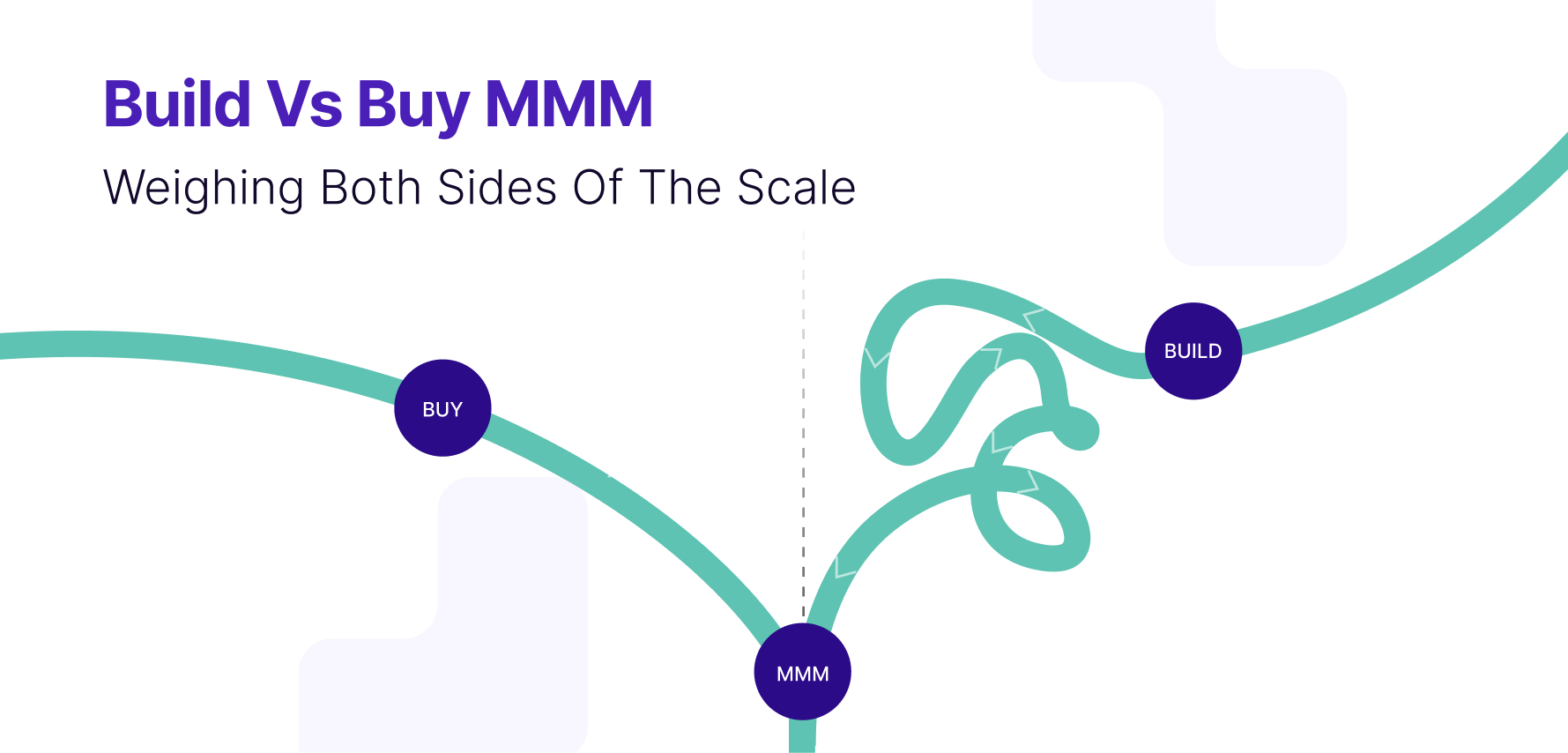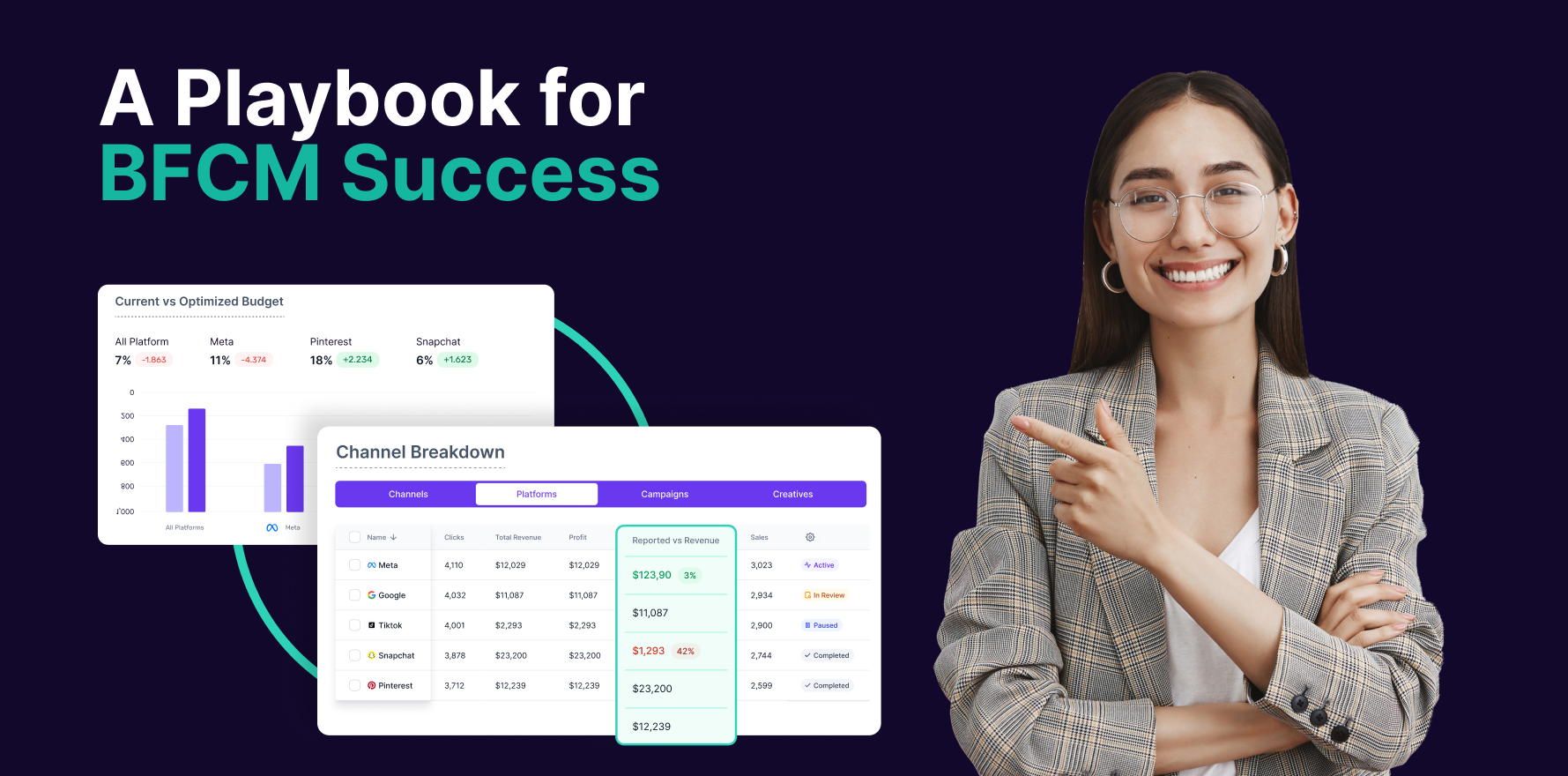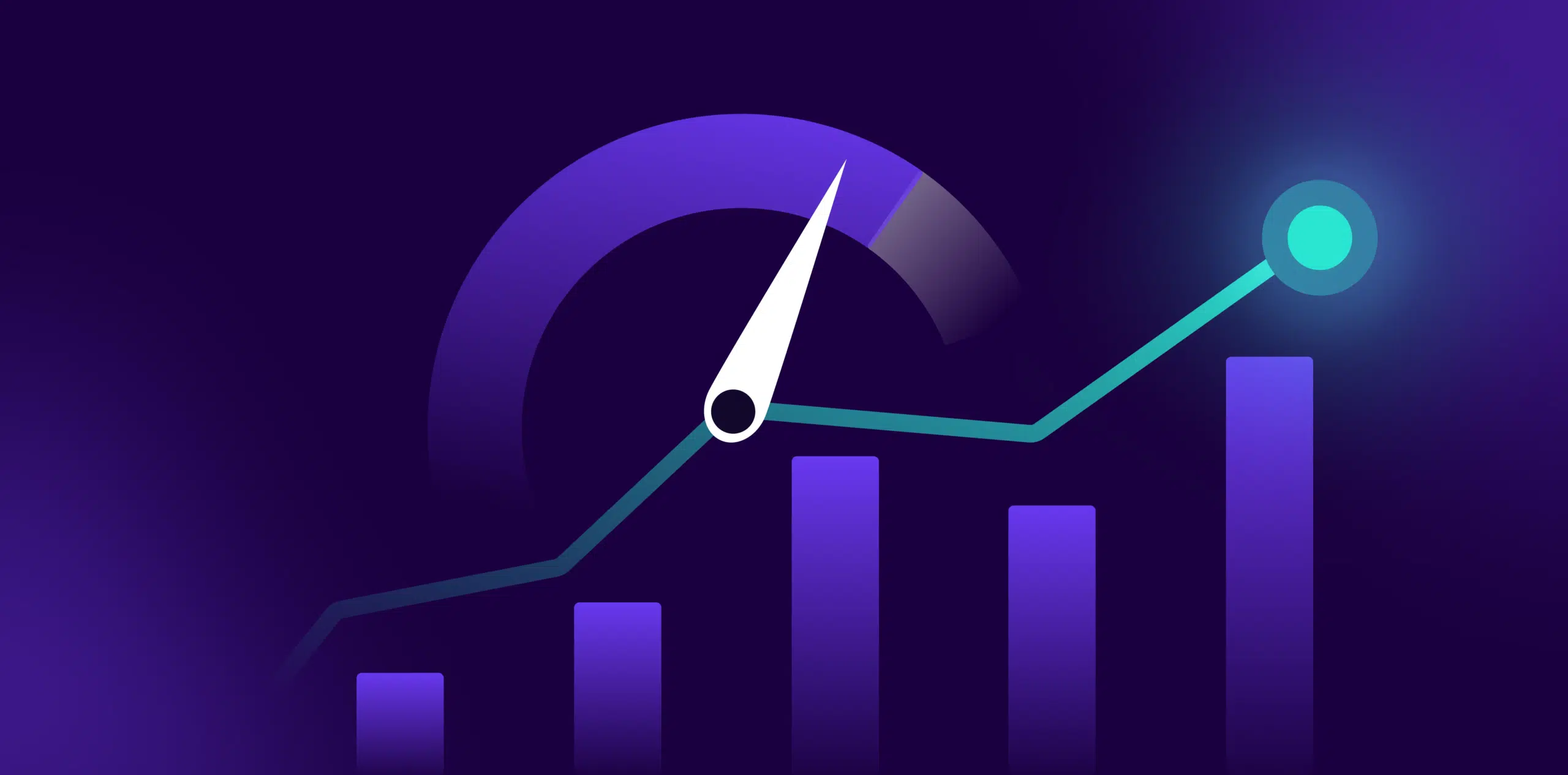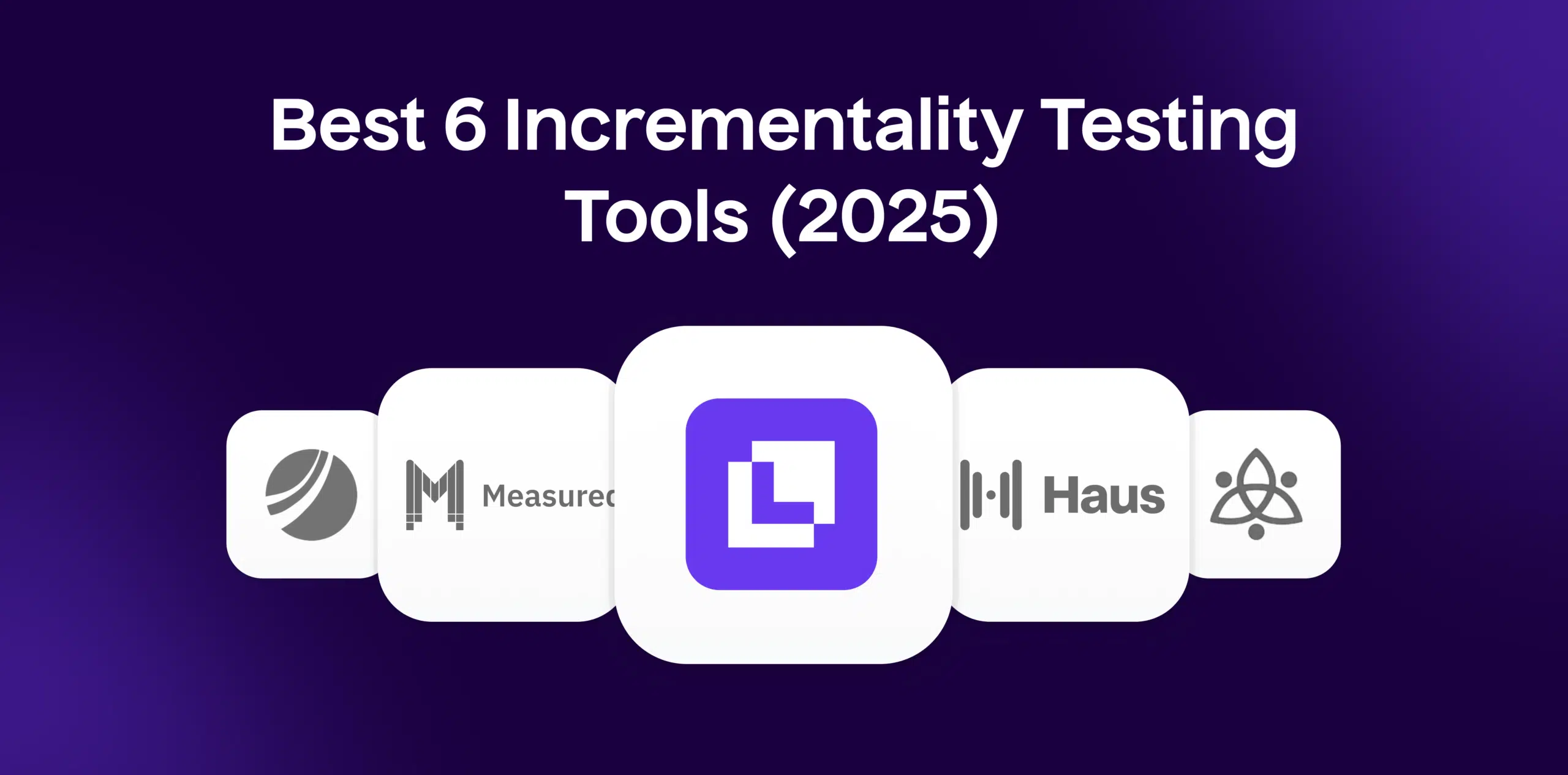What is Bottom line?
Bottom line is an essential ecommerce metric that quantifies the overall profitability of a business. It is computed by taking into account all the costs associated with it – all operational expenses, overhead, taxes, etc., which are subtracted from the gross revenues. It is a representation of the net income and thus, determines if the business makes a profit or loss. It is the last line of the income statement and is known to be the key metric for measuring a business’s success.
Formula
Bottom line = Gross Revenues – Expenses
Example
Let’s consider an ecommerce business called “ABC Electronics” that sells electronic devices. In a given period, ABC Electronics generated $500,000 in total revenue. Here’s a breakdown of their expenses and costs during the same period:
- Cost of Goods Sold (COGS): $300,000
- Advertising and Marketing Expenses: $50,000
- Operational Costs (Rent, Utilities, Salaries, etc.): $100,000
To calculate the bottom line, we need to subtract the total expenses from the total revenue:
Bottom line = Total Revenue – Total Expenses
Bottom line = $500,000 – ($300,000 + $50,000 + $100,000)
Bottom line = $500,000 – $450,000
Bottom line = $50,000
Therefore, in this example, the bottom line for ABC Electronics would be $50,000. This means that after accounting for all expenses and costs, the net profit of the business for that period is $50,000.
Why is Bottom line important?
This metric is important because it gives a business an overall picture of its profitability and helps business owners track the success of operations. It is important to track this metric on a regular basis so that business owners can identify areas where the business can be made more profitable and stay ahead of competition.
Which factors impact Bottom line?
Several factors can impact the bottom line, such as operational costs, taxes, overhead, bad debts, etc. Also, customer satisfaction can directly impact the bottom line as satisfied customers are likely to generate more revenue.
How can Bottom line be improved?
The bottom line can be improved by reducing costs and controlling expenses. Business owners should also look into increasing profits by offering more services, investing in in-depth research to review customers’ needs and preferences, and concentrating on satisfying customer needs to increase loyalty.
What is Bottom line’s relationship with other metrics?
The bottom line is closely related to other metrics such as sales, gross margin, operating margin, and revenue growth. All of these metrics are dependent on the bottom line as without a strong bottom line, it is difficult to measure how well a business is performing.
Free essential resources for success
Discover more from Lifesight
























































